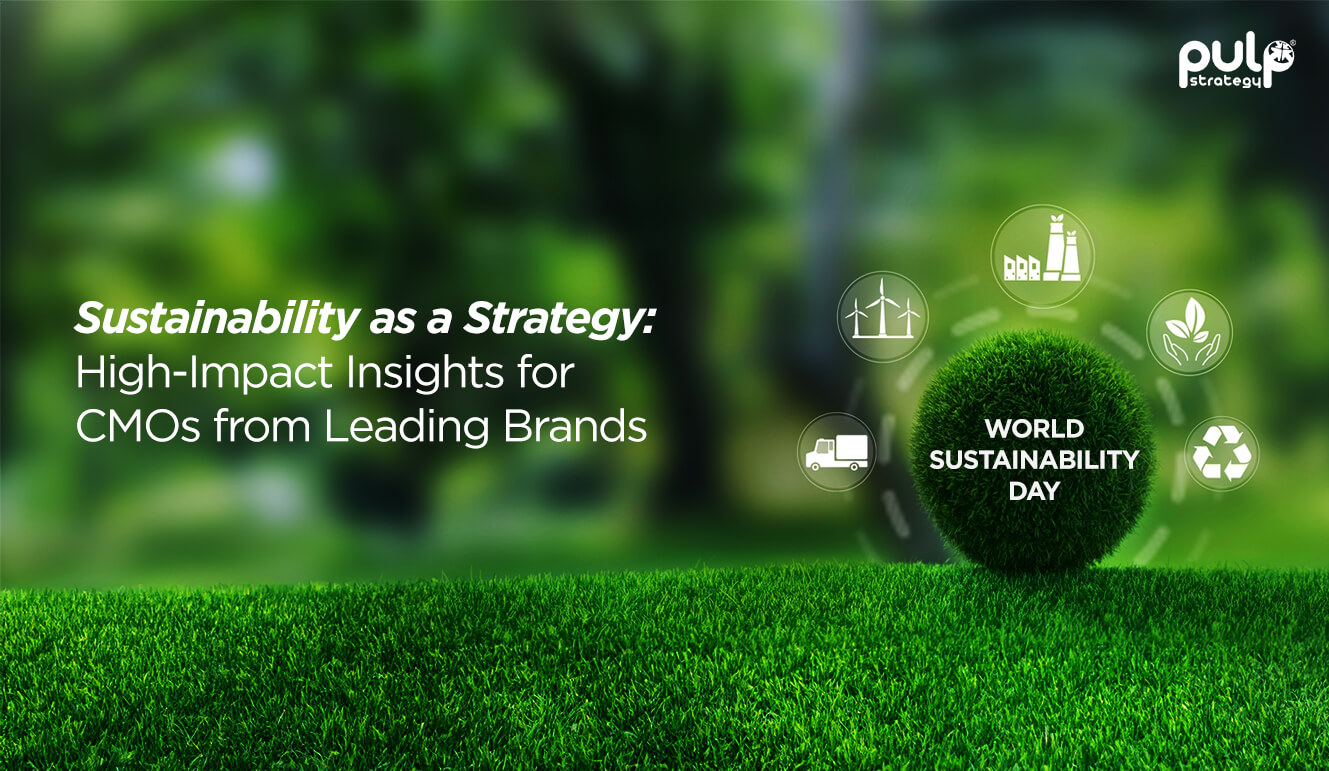Building trust has never been more complex. As consumers become increasingly cautious about sharing personal data, their expectations for personalized experiences continue to rise. The paradox? The more companies try to engage, the more trust erodes due to a lack of transparency. Today’s consumers want to know who’s using their data, how it’s being used, and why. For CMOs, the rules of marketing are shifting—privacy, precision, and personalization are the future. So how do you keep up?
At Pulp Strategy, we see this privacy-first movement as a huge opportunity. This isn’t just about compliance, it’s about adopting privacy-first, trust-based strategies that deliver business results and build long-term customer relationships.
1. The Privacy Landscape is Evolving
Global privacy regulations like GDPR, CCPA, and India’s Data Protection Bill are shaping how businesses operate. As penalties for breaches rise, and consumers become more protective of their data, brands must adapt. Did you know that 73% of consumers are more cautious about how companies use their data? It’s clear—data transparency is no longer optional; it’s the foundation of any successful marketing strategy.
2. First-Party Data is the New Gold
With third-party cookies vanishing, the value of first-party data has skyrocketed. This data, willingly shared by your customers, gives you a direct line to understand their needs and preferences. But are you collecting it smartly?
Zero-party data—where customers proactively share their preferences through quizzes, surveys, or interactive content—goes beyond simple tracking. It’s more accurate, more personalized, and builds deeper trust.
Pro Tip: CMOs should design experiences that encourage consumers to share their data directly. Think loyalty programs, personalized newsletters, and content-driven surveys that engage your audience meaningfully.
3. AI and Privacy: Striking the Perfect Balance
AI has revolutionized the way brands create hyper-personalized experiences, but the challenge is balancing this with privacy. Innovations like Google’s Federated Learning allow marketers to harness AI for audience segmentation without accessing direct user data. Privacy-first personalization is not just possible—it’s necessary.
Pro Tip: Leverage AI tools like Google’s Confidential Matching to target your audience in a privacy-safe way, ensuring that both trust and relevance are maintained.
4. Contextual Advertising: A Key Shift in Strategy
As privacy regulations tighten, contextual advertising is making a comeback. Instead of tracking users across the web, brands can place ads based on the context of the content being consumed—whether it’s an article, video, or product category. This not only respects privacy but also increases relevance.
Pro Tip: Invest in programmatic advertising that relies on contextual signals instead of personal data. This shift will enable your brand to stay compliant while delivering meaningful messages to your audience.
5. Building Trust Through Transparency
Consumers value brands that are upfront about how their data is used. 86% of consumers want transparency more than ever before. Transparency isn’t just a compliance box to tick; it’s an opportunity to build long-term trust. Offering your audience real-time control over their data through privacy dashboards or preference centers creates sustainable relationships.
Pro Tip: Simplify your privacy conversations—ditch the legal jargon. Use clear, human language, and even visuals, to show how data is collected and used.
6. Future of Consent: Seamless and Interactive
As privacy regulations evolve, so should the way we ask for consent. Consent forms will become dynamic, embedded into the customer experience, offering real-time data control to users. Integrating interactive consent features into apps and websites ensures that users can adjust their preferences on the fly.
Pro Tip: Create privacy dashboards that allow users to manage their consent preferences seamlessly. The more control they feel, the more likely they are to trust your brand.
7. Ethical Data and AI: The Next Frontier
Consumers are not just concerned about privacy—they care about how ethically their data is used. Brands that prioritize ethical AI and fair data usage are gaining a competitive edge. It’s no longer just about meeting regulatory standards; it’s about building a brand that consumers can trust to do the right thing.
Pro Tip: Align your data and AI strategies with ethical guidelines. Show your customers that you are not only protecting their data but also using it responsibly to improve their experiences.
Conclusion: Privacy-First is the Path to Lasting Trust
The privacy-first world is not a challenge—it’s an opportunity to build trust, foster loyalty, and create sustainable, personalized experiences that respect consumer privacy. CMOs who focus on user consent, transparency, and first-party data strategies will lead the charge in this new landscape.
At Pulp Strategy, we’re here to help you navigate this privacy-first world. Are you ready to adapt and thrive?





